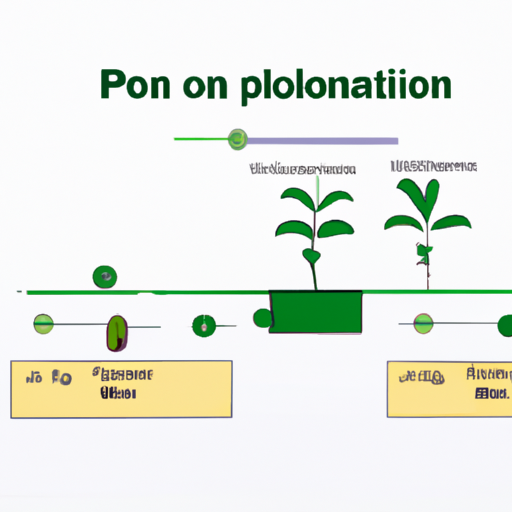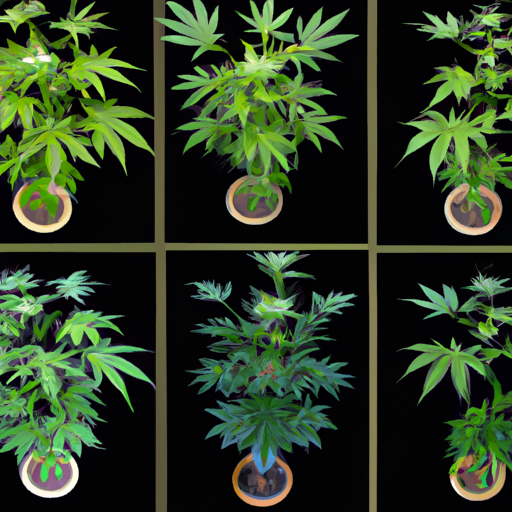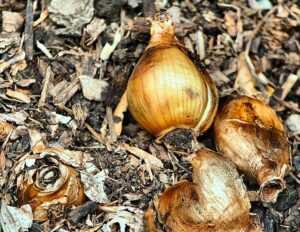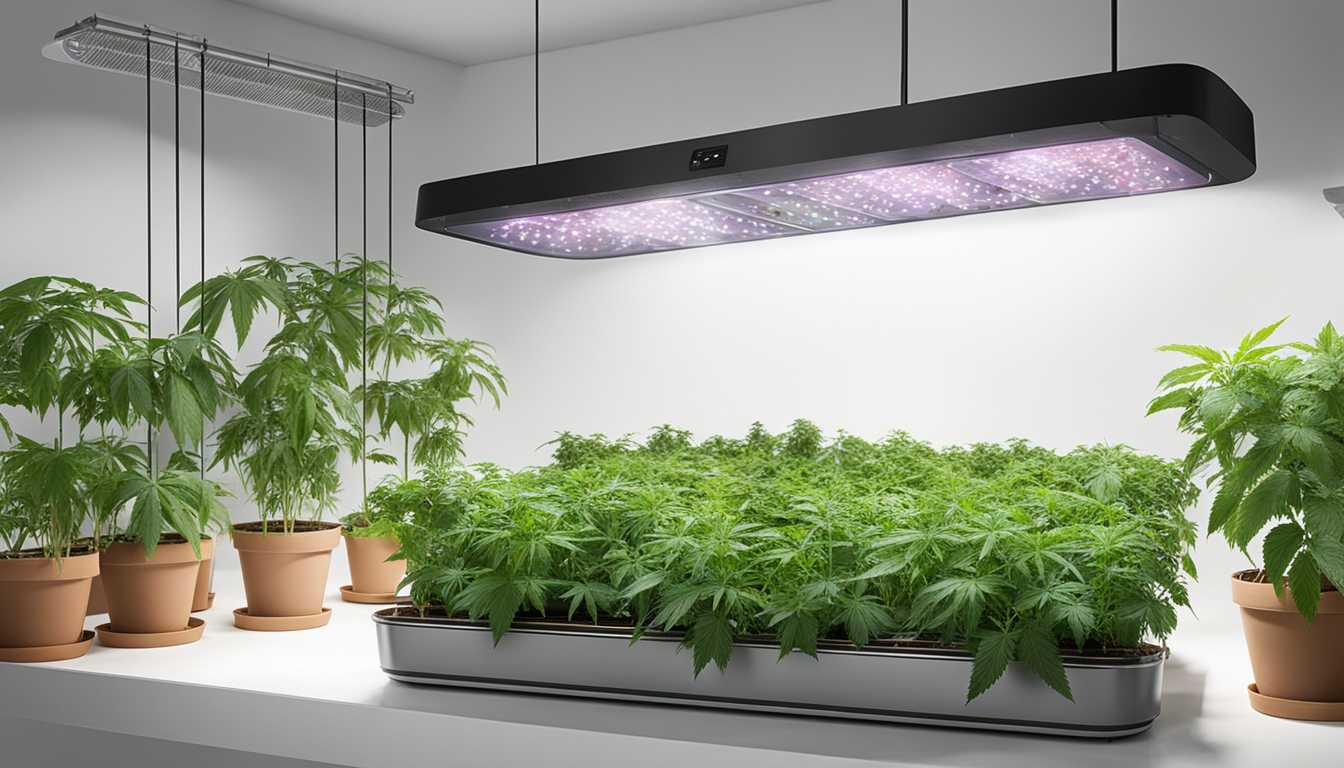This comprehensive guide introduces the basic concept of cannabis cloning and provides a step-by-step process for beginners. Understanding the importance of this technique in sustainable cannabis cultivation, this 'Cannabis Cloning 101: A Beginner's Guide to Replicating Your Plants' aims to provide practical knowledge and skills to anyone interested in learning how to clone cannabis. The guide begins by elucidating what cloning is and why it is crucial, followed by a detailed cannabis cloning guide.
1. Understanding the Concept of Cloning: What is it and Why is it Important?
Cloning, in the context of cannabis cultivation, refers to the process of replicating a plant by taking a cutting from a mother plant and allowing it to root and grow into a new genetically identical plant. This technique has been widely used in horticulture for centuries, and it has found its way into the cannabis industry due to its numerous benefits.
Cloning cannabis plants allows growers to preserve the desirable traits of a specific plant, such as high potency, unique flavors, or disease resistance. By replicating these traits, growers can consistently produce high-quality cannabis without relying on seeds that may have variations in genetics. This ensures a more predictable outcome and greater control over the final product.
Moreover, cloning offers significant time-saving advantages. Instead of waiting for a seed to germinate and grow into a mature plant, cloning allows growers to skip this lengthy process. By taking a cutting from a mature plant, growers can have a new plant ready for flowering in a fraction of the time it would take from seed.
Another reason why cloning is important is the ability to preserve rare or endangered cannabis strains. Many heirloom and landrace strains are at risk of extinction due to commercialization and hybridization. By cloning and propagating these strains, growers can help safeguard their genetic diversity and ensure their availability for future generations.
Furthermore, cloning allows growers to maintain a perpetual harvest cycle. By constantly replenishing their garden with clones, growers can ensure a steady supply of fresh cannabis without interruption. This is particularly beneficial for those growing for medical purposes or running a commercial operation where consistent production is crucial.

1. A diagram illustrating the concept of cloning in plants
2. "Give me a cutting, and I shall return you a garden." – The Power of Cannabis Cloning
Cloning cannabis plants holds immense power and potential for growers. It is a technique that allows them to harness the genetic makeup of a single plant and multiply it into an entire garden. The quote "Give me a cutting, and I shall return you a garden" perfectly captures the transformative nature of cannabis cloning.
When a grower takes a cutting from a healthy mother plant and provides it with the proper care, that small piece of plant material has the capacity to develop roots and grow into a full-fledged plant. This ability to regenerate and replicate itself is what makes cannabis cloning so remarkable.
By utilizing the power of cloning, growers can ensure that every plant in their garden possesses the desired characteristics of the original mother plant. Whether it's the flavor profile, cannabinoid content, or growth pattern, cloning allows growers to consistently produce plants with the traits they desire.
Furthermore, cannabis cloning enables growers to create a more efficient and productive garden. Instead of relying on the luck of the seed lottery, where each seed may have different genetics and traits, cloning ensures uniformity and consistency. This uniformity not only leads to a more streamlined cultivation process but also allows for better quality control and more predictable yields.
The power of cannabis cloning extends beyond the individual grower. It has played a pivotal role in the preservation and propagation of rare and endangered cannabis strains. By cloning and sharing these plants with other growers, the genetic diversity of these strains can be safeguarded and their availability can be expanded.
3. The Essentials: What Do You Need to Clone Cannabis?
To successfully clone cannabis plants, there are a few essential items that you will need. First, you will need a healthy and mature mother plant from which you will take the cuttings. Ensure that the mother plant is free from pests, diseases, and any other issues that could be transferred to the clones.
Next, you will need a clean and sterile environment to work in. This includes using sterilized tools such as scalpels or razor blades for taking the cuttings. You may also need a clean workspace and disposable gloves to maintain cleanliness throughout the process.
In addition to a clean environment, you will need a rooting hormone. Rooting hormones promote root development in the clones, increasing their chances of successful transplantation. There are different types of rooting hormones available, such as gel or powder form. Choose one that suits your preference and follow the instructions for proper application.
Another essential item for cloning cannabis is a suitable growing medium. This can include rockwool cubes, peat pellets, or even a simple glass of water. The growing medium provides the necessary support and moisture for the clones to develop roots.
Finally, you will need a controlled environment with proper lighting and temperature. Clones require high humidity and mild temperatures to thrive. You can use a humidity dome or a propagation tray to maintain optimal conditions for root development.

3. An image displaying the necessary tools and materials for cannabis cloning
4. How to Clone Cannabis: A Step-by-Step Guide for Beginners
To successfully clone cannabis plants, follow these step-by-step instructions:
- 1. Selecting the Mother Plant:
Choose a healthy and mature mother plant with desirable traits that you want to replicate. Look for plants with strong growth, vibrant foliage, and resistance to pests and diseases. Ensure that the mother plant is at least two months old and has several sets of healthy leaves. - 2. Taking the Cuttings:
Using sterilized scissors or a razor blade, cut a 4-6 inch stem from the mother plant just below a node. Nodes are the points where leaves meet the stem. It is crucial to make a clean and angled cut to increase the surface area for rooting. Remove any lower leaves, leaving only a few at the top for photosynthesis. - 3. Applying Rooting Hormone:
Dip the cut end of the stem into a rooting hormone solution. This will stimulate root growth and increase the chances of successful cloning. Gently tap off any excess powder or gel and avoid touching the treated end to prevent contamination. - 4. Planting the Cuttings:
Insert the treated end of the cutting into a growing medium, such as rockwool cubes or peat pellets. Make sure the medium is moist but not soaked. You can also use a glass of water, ensuring that the stem is submerged but the leaves are not touching the water surface. Place the clones in a well-lit area with mild temperatures, ideally around 70-75°F (21-24°C). - 5. Providing Optimal Care:
Maintain a high humidity environment for the clones by using a humidity dome or misting them regularly. Keep the clones under a fluorescent or LED grow light for 18-24 hours a day. Monitor the temperature and adjust if necessary. It is important to avoid overwatering the clones, as it can lead to root rot. Instead, mist the leaves with water to keep them hydrated. - 6. Transplanting the Clones:
After 2-3 weeks, the clones should develop roots. Gently tug on the clones to check for resistance, indicating the presence of roots. Once the roots are established, transplant the clones into larger pots or hydroponic systems for continued growth.
5. Troubleshooting: What Could Possibly Go Wrong?
Cloning cannabis plants can be a rewarding experience, but it's important to be aware of potential issues that may arise along the way. Here are some common problems and their solutions to help troubleshoot your cloning process:
- 1. Rooting Failure:
If your clones are not developing roots, it could be due to improper cutting techniques or low humidity levels. Ensure that you make clean and angled cuts, apply rooting hormone correctly, and maintain a high humidity environment. Consider using a humidity dome or misting the clones regularly to promote root development. - 2. Mold or Fungus Growth:
Excessive moisture or poor ventilation can lead to mold or fungus growth on your clones. To prevent this, make sure the growing medium is only moist, not soaked. Increase airflow in the cloning area and ensure proper ventilation. If mold does appear, remove the affected clones and sterilize the equipment and growing area to prevent further contamination. - 3. Nutrient Imbalance:
Overfeeding or underfeeding your clones can cause nutrient imbalances, leading to stunted growth or nutrient deficiencies. Follow a proper feeding schedule and use a balanced nutrient solution specifically designed for clones. Monitor the pH levels of the solution to ensure it is within the optimal range for absorption. - 4. Pests and Diseases:
Clones are more susceptible to pests and diseases, so it's important to regularly inspect them for any signs of infestation or infection. Common pests include spider mites, aphids, and fungus gnats. Treat any issues promptly with organic or chemical pest control methods to prevent the spread to other plants.
6. Aftercare: How to Nurture Your Clones to Maturity?
Once your clones have successfully rooted and are ready for transplant, it's crucial to provide them with proper aftercare to ensure their healthy growth and eventual maturity. Here are some essential tips for nurturing your clones:
- 1. Transplanting:
Carefully transfer your rooted clones into their final growing containers or the desired growing medium. Be gentle to avoid damaging the delicate roots. Ensure that the containers have adequate drainage to prevent waterlogging. - 2. Light and Temperature:
Provide your clones with the right amount of light and maintain optimal temperatures. Young clones require a consistent light cycle of 18-24 hours of light per day. Use high-quality grow lights or position the clones in a well-lit area. Maintain temperatures between 70-85°F (21-29°C) during the day and slightly lower at night. - 3. Watering and Feeding:
Water your clones regularly, but be careful not to overwater. Allow the growing medium to dry out slightly between watering to avoid root rot. Start with a mild nutrient solution and gradually increase the concentration as the plants mature. Monitor the pH levels of the water and nutrient solution to ensure proper absorption. - 4. Pruning and Training:
As your clones continue to grow, consider pruning and training them to achieve a more productive and manageable plant structure. Remove any yellowing or dead leaves to promote healthy growth. Utilize techniques such as topping, low-stress training (LST), or scrogging to control height and encourage lateral growth. - 5. Pest and Disease Prevention:
Regularly inspect your clones for signs of pests or diseases. Implement preventive measures such as maintaining cleanliness in the growing area, using organic pest control methods, and keeping the environment well-ventilated. If any issues arise, address them promptly to prevent further damage.
7. Are You Ready to Clone Cannabis? Advancing Your Skills and Techniques
Congratulations on successfully cloning your cannabis plants! Now that you have mastered the basics, it's time to take your skills and techniques to the next level. Here are some tips to advance your cannabis cloning abilities:
- 1. Experiment with Different Strains:
Expand your knowledge and experience by cloning various cannabis strains. Each strain has unique characteristics, growth patterns, and cloning requirements. By experimenting with different strains, you can broaden your understanding of cannabis genetics and develop a diverse collection of plants. - 2. Explore Advanced Propagation Methods:
While traditional cloning methods involve taking cuttings and rooting them in a growing medium, there are alternative techniques to explore. Consider exploring methods like aeroponics, tissue culture, or using specialized cloning machines. These advanced techniques can offer faster rooting times and higher success rates. - 3. Master Timing and Precision:
Timing is crucial when it comes to cloning cannabis. Learn to identify the ideal stage of plant growth for taking cuttings. Taking cuttings too early or too late can affect the success rate. Additionally, hone your skills in precision cutting, ensuring clean cuts at a 45-degree angle to promote optimal rooting. - 4. Implement Cloning Enhancers:
There are various cloning gels, powders, and solutions available in the market that can enhance the rooting process. These products contain hormones, vitamins, and nutrients that stimulate root development. Research and experiment with different cloning enhancers to find the ones that work best for you. - 5. Networking and Collaboration:
Connect with fellow cannabis enthusiasts, growers, and breeders to exchange knowledge and techniques. Attend workshops, conferences, or online forums dedicated to cannabis cultivation. Networking and collaborating with others in the cannabis community can provide valuable insights and help you stay updated with the latest advancements in cloning techniques.
Cannabis Cloning Steps:
| Step | Description | Time | Tools |
|---|---|---|---|
| 1. Prepare the cloning medium | Mix an appropriate amount of water, rooting hormone, and cloning gel or powder in a bucket or tray | 15 minutes | Bucket or tray, water, rooting hormone, cloning gel or powder |
| 2. Select the mother plant | Choose a healthy, mature cannabis plant that has been growing for at least four weeks | 10 minutes | None |
| 3. Trim the stem | Cut a stem from the mother plant that is at least 4 inches long and has a few sets of leaves | 5 minutes | Sharp knife or scissors |
| 4. Dip the stem in the cloning medium | Submerge the stem in the cloning medium for at least 30 seconds | 30 seconds | Cloning medium |
Cloning cannabis is a skill that requires patience and practice. This guide provides a comprehensive introduction to the process, but remember that every plant is unique and may require slight adjustments in care. Keep practicing and refining your techniques, always observing the reactions of your plants and adjusting accordingly. Use this cannabis cloning guide as a starting point in your journey to becoming a proficient cannabis cultivator.





